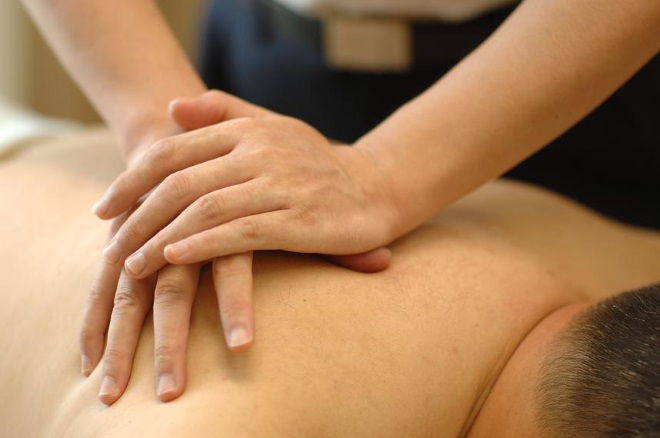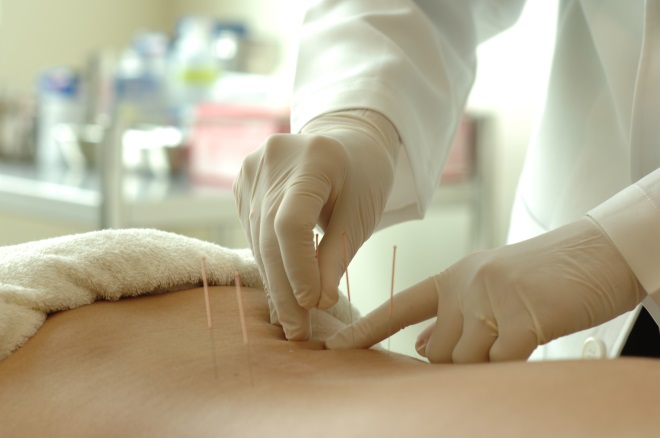
Insights + interviews
Physician Lee Jin Shun on pain management
Physician Lee Jin Shun is a registered TCM Physician and practices at Eu Yan Sang TCM Clinic @ Dhoby Ghaut, Bedok and Hougang. He is a graduate of both the Beijing University of Chinese Medicine and the Nanyang Technological University in Singapore.
We spoke to him about pain management and the way TCM classifies pain.
What is the definition of chronic pain?
Chronic pain refers to frequent recurring pain or one that lasts for a long period of time.
In traditional Chinese medicine (TCM), there is no strict definition of chronic pain. However, the International Association for the Study of Pain defines chronic pain for those persisting for greater than 6 months.
When should someone stop ignoring pain/self-medicating and start thinking about seeking help?
One should seek help if:
- The pain has never occurred before (i.e. a new symptom)
- The pattern changes and the intensity of pain aggravates
- The pain occurs suddenly
- There is suspected fracture/dislocation
- There is increased muscle weakness or tendency to fall
- There are changes in bowel or bladder function
- One is of young age (especially with no apparent reason)
As a rule of thumb, I do not recommend self medicating unless the condition has been seen and diagnosed by a western doctor and the patient is aware of what type of medication works for them.
However, certain medications may cause undesired side effects when taken over a long period of time and should be used under the supervision of a doctor.
Can you elaborate on the 2 categories of pain in TCM?
TCM does not classify a disease/condition to which specific type, but rather it is dependent on the disease phase, the symptoms experienced by the patient, and the signs collected by the physician using the 4 diagnostic principles.
In general, acute episodes of pain are often excessive (实证) because they exhibit intense pain, prominent redness, swelling and/or warm sensation of affected area. If this condition persists and goes untreated, deformities may occur, and is considered excessive too. Chronic conditions with symptoms of Qi and Blood deficiency are considered deficient (虚证).
For example:
- Acute gout attack – intense pain, redness, warm sensation and swelling – “Wind-Dampness-Fire” type (风湿热型)
- Repeat gout attack – deformities and movement impairment – “Phlegm-Blood stasis” type (痰瘀痹阻型)
- Gout stones resulting in chronic kidney disease (western) – patient may experience shortness of breath, fatigue, anemia, lumbar soreness, giddiness, and reduced sex drive – “Liver & Kidney Yin Deficiency” (肝肾阴虚型)
1. “Wind-Dampness- Fire type: migratory joint pain with redness, swelling, warm sensation, intense pain which may involve multiple joints. Often accompanied with fever, chills, perspiration, irritability, thirst, reddish tongue, with yellow tongue coating, slippery rapid pulse.
2. Wind-Cold-Dampness type
- Wind prominent: migratory joint/muscular pain/soreness, may involve multiple joints, impaired mobility, chills, white tongue coating, floating pulse.
- Cold prominent: Intense fixed pain, exacerbated by cold and relieved with hot factors, impaired mobility, affected area may feel cold, pale tongue with white coating, tense pulse
- Dampness prominent: intense swelling with sensation of soreness, heaviness and/or numbness, impaired mobility, pale tongue with thick white coat, soggy pulse
3. Obstruction due to Phlegm and Blood stasis: fixed prickling pain, dull colored skin, joint deformities, impaired mobility, skin nodules, bruises, dull complexion with purplish dark colored tongue, thick white coating, choppy pulse.
4. Liver and Kidney deficiency: chronic condition, impaired mobility, muscle wasting, lumbar soreness, weak lower limbs, erectile dysfunction, nocturnal fever, irritability, thirst, reddish tongue with thin or no coating, rapid thin pulse.
What does a standard/typical holistic approach involve, in detail?
1. Consultation
- Inspection – physician observes patient’s gait, facial expressions, and area of discomfort for swelling, redness and/or discharge
- Listen/Olfaction – physician listens to patient’s recount of incident, collection of medical history, any treatment given and the effectiveness of treatment. In rare instances, physician may smell pathological odors signifying an underlying medical condition
- Inquiry – physician further asks questions to collect more medical information, symptoms, state of health etc.
- Palpation – physician checks the area for tenderness, warm sensation or suspected fracture/dislocation. Lastly, physician checks the pulse and look at the tongue of the patient
2. Diagnosis
Using the 4 diagnostic principles above, a physician classifies the signs and symptoms collected into syndrome (a set of signs and symptoms). The syndrome sets the methodology for the treatment plan (for eg, to nourish if it is a deficient type). With the methodology comes the prescription and treatment method to be used.
3. Treatment
Typically, treatment involves oral herbal medication, acupuncture and cupping. Physician makes recommendations to patient on what type of treatment is suitable for his case, but it is also up to the patient to decide.


4. Review
Patient comes back for repeat visits to continue with treatment or to make modification to his prescription. Patient is discharged when he recovers.
Can you share some simple self-remedies for pain management or how to identify the causes/symptoms?
Pain is a subjective symptom and it depends on individual’s threshold to pain. For example, a sudden jaw pain, left upper arm or left shoulder blade pain may be a symptom of heart attack. Therefore, no pain should be underestimated and should be readily examined and investigated.









